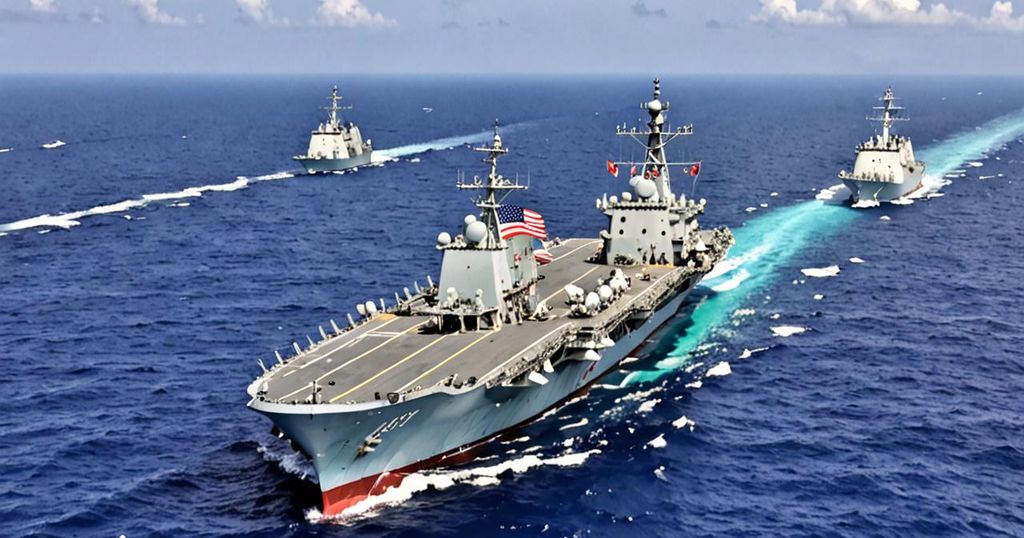The escalating tensions in the South China Sea have drawn widespread international attention, particularly following the recent altercation between the Philippine navy and the Chinese coastguard. US envoy MaryKay Carlson has urged China to halt its harassment of Philippine vessels operating lawfully in the Philippine exclusive economic zone. Emphasizing Manila’s “sovereign rights” and “freedoms of navigation” in the area, Carlson underscored the necessity for China to respect the Philippines’ lawful operations.
The US and the Philippines are bound by a mutual defense treaty, which entails both countries offering assistance to each other in the event of an attack by an external power. The US has explicitly stated that this treaty extends to the South China Sea dispute. Political analyst Edmund Tayao commended the US for its supportive stance, asserting that it conveys a clear message to China regarding the serious repercussions of its actions.
Tayao also stressed the significance of tangible actions from the US to substantiate its rhetoric. He believes that the US can demonstrate unwavering support for the Philippines in the South China Sea dispute without invoking the mutual defense treaty. During her visit to Palawan in the Philippines, Vice-President Kamala Harris expressed the US’s willingness to support Manila and underscored the region’s importance to the US’s future interests.
However, Tayao expressed skepticism about whether the US could truly be relied upon by the Philippines in times of need, stating, “Other than talk, there has not been any concrete action shown.” The recent clash at the Second Thomas Shoal, resulting in injuries to Filipino sailors, has further highlighted the urgency of the situation. Concerns are mounting about the potential for an accidental clash between US and Chinese forces in the South China Sea, which could have catastrophic implications.
Analysts have cautioned about the overlapping risks in the region and the danger of triggering a serious conflict. Given the proximity of some Philippine islands to Taiwan, there is a potential for the crisis to escalate further. China’s view of Taiwan as a renegade province has raised concerns about the use of force to alter the existing status quo. It is apparent that any conflict between the US and China would have far-reaching and devastating consequences.
Mike Chinoy, a non-resident senior fellow at the University of Southern California US China Institute, has emphasized the risk of an accidental clash between Chinese and American forces. He has underscored the need for caution and the avoidance of any actions that could lead to a serious conflict. Despite the heightened tensions, it is evident that neither China nor the US desires a war.
The situation in the South China Sea serves as a critical reminder of the importance of international cooperation and diplomacy in resolving conflicts. The US’s support for the Philippines is paramount, and it is essential for all parties involved to exercise restraint and work towards peaceful resolutions. As the world observes these developments, the hope remains that a peaceful and diplomatic solution can be achieved to ease the escalating tensions in the region.

Leave a Reply